
The Hudson's Bay Company is an American and Canadian-based retail business group. A fur trading business for much of its existence, it became the largest and oldest corporation in Canada, before evolving into a major fashion retailer, operating retail stores across both the United States and Canada. The company's namesake business division is Hudson's Bay, commonly referred to as The Bay.
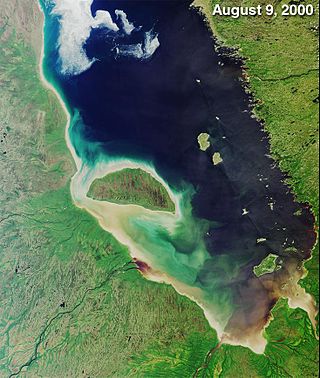
James Bay is a large body of water located on the southern end of Hudson Bay in Canada. It borders the provinces of Quebec and Ontario, and is politically part of Nunavut. Its largest island is Akimiski Island.

Northern Canada, colloquially the North or the Territories, is the vast northernmost region of Canada, variously defined by geography and politics. Politically, the term refers to the three territories of Canada: Yukon, Northwest Territories and Nunavut. This area covers about 48 per cent of Canada's total land area, but has less than 0.5 per cent of Canada's population.

Rupert's Land, or Prince Rupert's Land, was a territory in British North America which comprised the Hudson Bay drainage basin. The right to "sole trade and commerce" over Rupert's Land was granted to the Hudson's Bay Company (HBC), based at York Factory, effectively giving that company a commercial monopoly over the area. The territory operated for 200 years from 1670 to 1870. Its namesake was Prince Rupert of the Rhine, who was a nephew of King Charles I and the first governor of HBC. In December 1821, the HBC monopoly was extended from Rupert's Land to the Pacific coast.
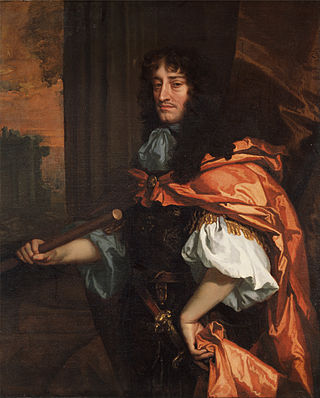
Prince Rupert of the Rhine, Duke of Cumberland, was an English-German army officer, admiral, scientist, and colonial governor. He first rose to prominence as a Royalist cavalry commander during the English Civil War. Rupert was the third son of the German Prince Frederick V of the Palatinate and Elizabeth, eldest daughter of King James VI and I of England and Scotland.
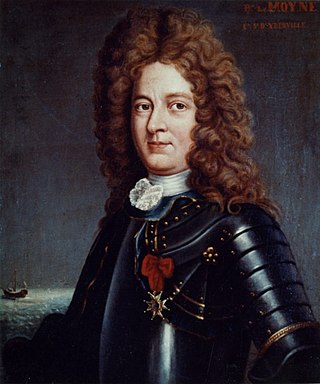
Pierre Le Moyne d'Iberville or Sieur d'Iberville was a French soldier, explorer, colonial administrator, and trader. He is noted for founding the colony of Louisiana in New France. He was born in Montreal to French colonist parents.

York Factory was a settlement and Hudson's Bay Company (HBC) factory on the southwestern shore of Hudson Bay in northeastern Manitoba, Canada, at the mouth of the Hayes River, approximately 200 kilometres (120 mi) south-southeast of Churchill.
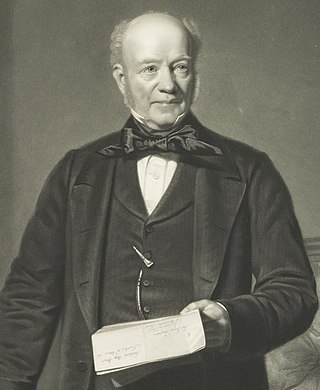
Sir George Simpson was a Scottish explorer and colonial governor of the Hudson's Bay Company during the period of its greatest power. From 1820 to 1860, he was in practice, if not in law, the British viceroy for the whole of Rupert's Land, an enormous territory of 3.9 millions square kilometres corresponding to nearly forty per cent of modern-day Canada.

The British Arctic Territories were a region of British North America, composed of islands to the north of continental North America. They are now known as the Arctic Archipelago.

The history of the Northwest Territories covers the period from thousands of years ago to the present day. Prior to European colonization, the lands that encompass present-day Northwest Territories were inhabited for millennia by several First Nations. European explorers and fur traders began to explore the region since the late-16th century. By the 17th century, the British laid claim to both the North-Western Territory and Rupert's Land; and granted the Hudson's Bay Company a commercial fur trade monopoly over the latter region.
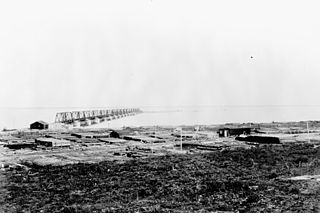
Port Nelson is a ghost town on Hudson Bay, in Manitoba, Canada, at the mouth of the Nelson River. Its peak population in the early 20th century was about 1,000 people. Immediately to the south-southeast is the mouth of the Hayes River and the settlement of York Factory. Some books use 'Port Nelson' to mean the region around the mouths of the two rivers.

The history of Manitoba covers the period from the arrival of Paleo-Indians thousands of years ago to the present day. When European fur traders first travelled to the area present-day Manitoba, they developed trade networks with several First Nations. European fur traders in the area during the late-17th century, with the French under Pierre Gaultier de Varennes, sieur de La Vérendrye set up several trading post forts. In 1670, Britain declared sovereignty over the watershed of Hudson's Bay, known as Rupert's Land; with the Hudson's Bay Company granted a commercial monopoly over the territory.

Factory was the common name during the medieval and early modern eras for an entrepôt – which was essentially an early form of free-trade zone or transshipment point. At a factory, local inhabitants could interact with foreign merchants, often known as factors. First established in Europe, factories eventually spread to many other parts of the world. The origin of the word factory is from Latin factorium 'place of doers, makers'.
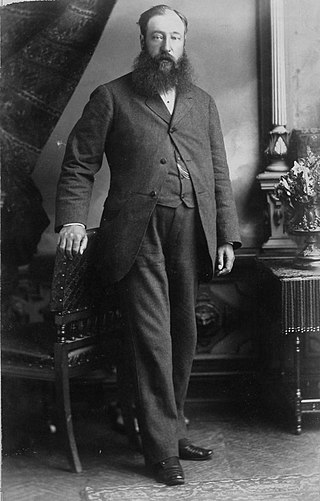
Andrew Graham Ballenden Bannatyne was a Canadian politician, fur trader and leading citizen of Winnipeg, Manitoba.
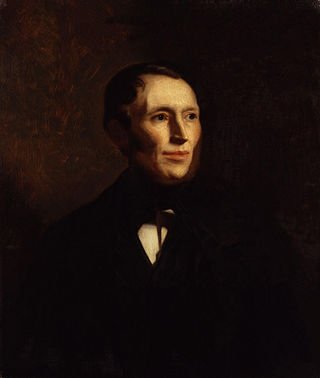
William Kennedy was a Canadian fur trader, politician, and historian.
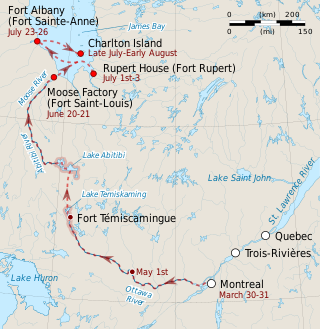
The Hudson Bay expedition of 1686 was one of the Anglo-French conflicts on Hudson Bay. It was the first of several expeditions sent from New France against the trading outposts of the Hudson's Bay Company in the southern reaches of Hudson Bay. Led by the Chevalier de Troyes, the expedition captured the outposts at Moose Factory, Rupert House, Fort Albany, and the company ship Craven.

This article covers the water based Canadian canoe routes used by early explorers of Canada with special emphasis on the fur trade.

John West was the first Anglican priest in Western Canada and a teacher, reformer and author. A missionary of the Church Missionary Society and a chaplain for the Hudson's Bay Company, the chapel he founded in Winnipeg became St John's Cathedral. Among his converts was Henry Budd, the first Native American ordained an Anglican priest.
Battle of York Factory may refer to:
















